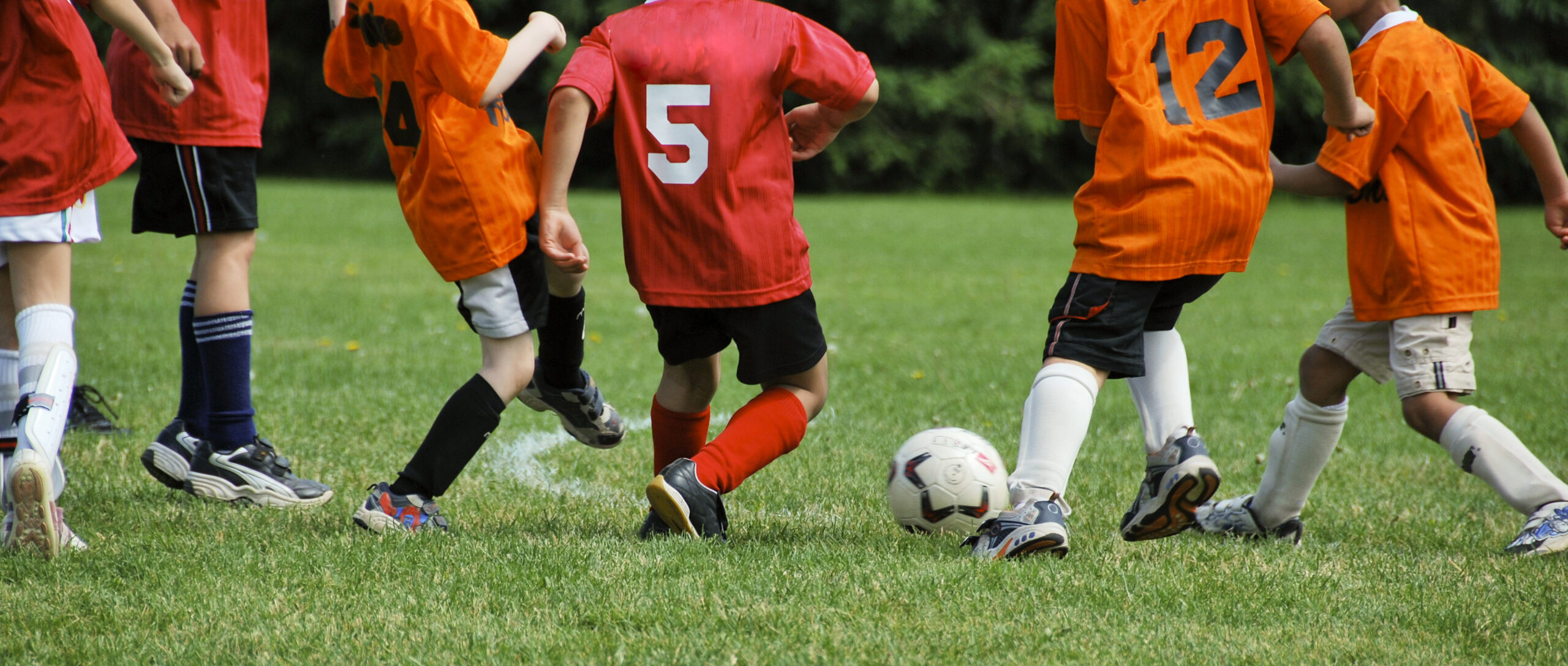
Here’s how to keep your child on the field, rather than sitting it out on the sidelines.
Sports injuries in children and teens are becoming increasingly more common, especially as kids play the same sport year-round. If your kids are gearing up for another season of their chosen sport, you may be wondering how you can keep them safer and reduce their chance of injury.
Here are 8 things you can do to make it less likely your child will get hurt playing sports:
- Take your child for a sports physical. Many teams and schools require kids to get a sports physical before the season begins, but even if it’s not required, it’s a good idea. Whether done by your own pediatrician or another healthcare professional, these check-ups help determine if a child is fit for play and can identify any areas of concern.
- Check their equipment. Protective gear is designed to protect athletes from injury. If your child has been using the same equipment for a while, check it to make sure it still fits properly and is in good condition. Also make sure kids have well-fitting and supportive footwear.
- Help kids learn proper techniques. Many injuries occur when an athlete doesn’t do things the proper way. Whether it’s hurting an elbow from throwing a baseball incorrectly or being more prone to concussions by tackling an opponent in a dangerous manner, not knowing the proper technique can be a recipe for disaster when it comes to young athletes getting hurt.
- Stress the value of warming up and stretching. Many injuries can be avoided by warming up and cooling down before and after sports activities. Encourage your child to perform static and dynamic stretches to loosen muscles and increase flexibility. Also suggest that kids cross-train so they build up stamina and strength without always stressing the same muscles.
- Make sure kids rest. This includes not only getting enough sleep but also taking rest days during training and between seasons. The most common sports injuries in kids and teens are overuse injuries, and these are due to continually doing the same thing over and over without giving the body time to rest and recover.
- Emphasize proper hydration and nutrition. Make sure your child understands how important it is to stay well hydrated before, during and after playing sports, especially when it is hot out or they are performing a hard workout. Also encourage them to fuel their body with foods that are healthy, rather than filling up on junk food before or after a game.
- Explain the importance of speaking up. Sometimes kids try to play through pain because they want to appear tough or are afraid to tell someone that something is wrong. Explain to your kids that if they don’t ask for help when they are hurt and try to keep playing through it, they can wind up experiencing a more serious and long-lasting injury.
- Encourage rotating sports seasons. With so much push to excel, many kids and teens are playing the same sport year-round. But this can result in overuse injuries. Encourage your child to play a different sport in the off-season. Also limit how many teams they can be on at any one time.
Copyright 2023 © Baldwin Publishing, Inc. Health eCooks™ is a designated trademark of Baldwin Publishing, Inc. Cook eKitchen™ is a designated trademark of Baldwin Publishing, Inc. Any duplication or distribution of the information contained herein without the express approval of Baldwin Publishing, Inc. is strictly prohibited.
Date Last Reviewed: June 16, 2023
Editorial Review: Andrea Cohen, Editorial Director, Baldwin Publishing, Inc. Contact Editor
Medical Review: Perry Pitkow, MD
Learn more about Baldwin Publishing Inc. editorial policy, privacy policy, ADA compliance and sponsorship policy.
No information provided by Baldwin Publishing, Inc. in any article is a substitute for medical advice or treatment for any medical condition. Baldwin Publishing, Inc. strongly suggests that you use this information in consultation with your doctor or other health professional. Use or viewing of any Baldwin Publishing, Inc. article signifies your understanding and agreement to the disclaimer and acceptance of these terms of use.